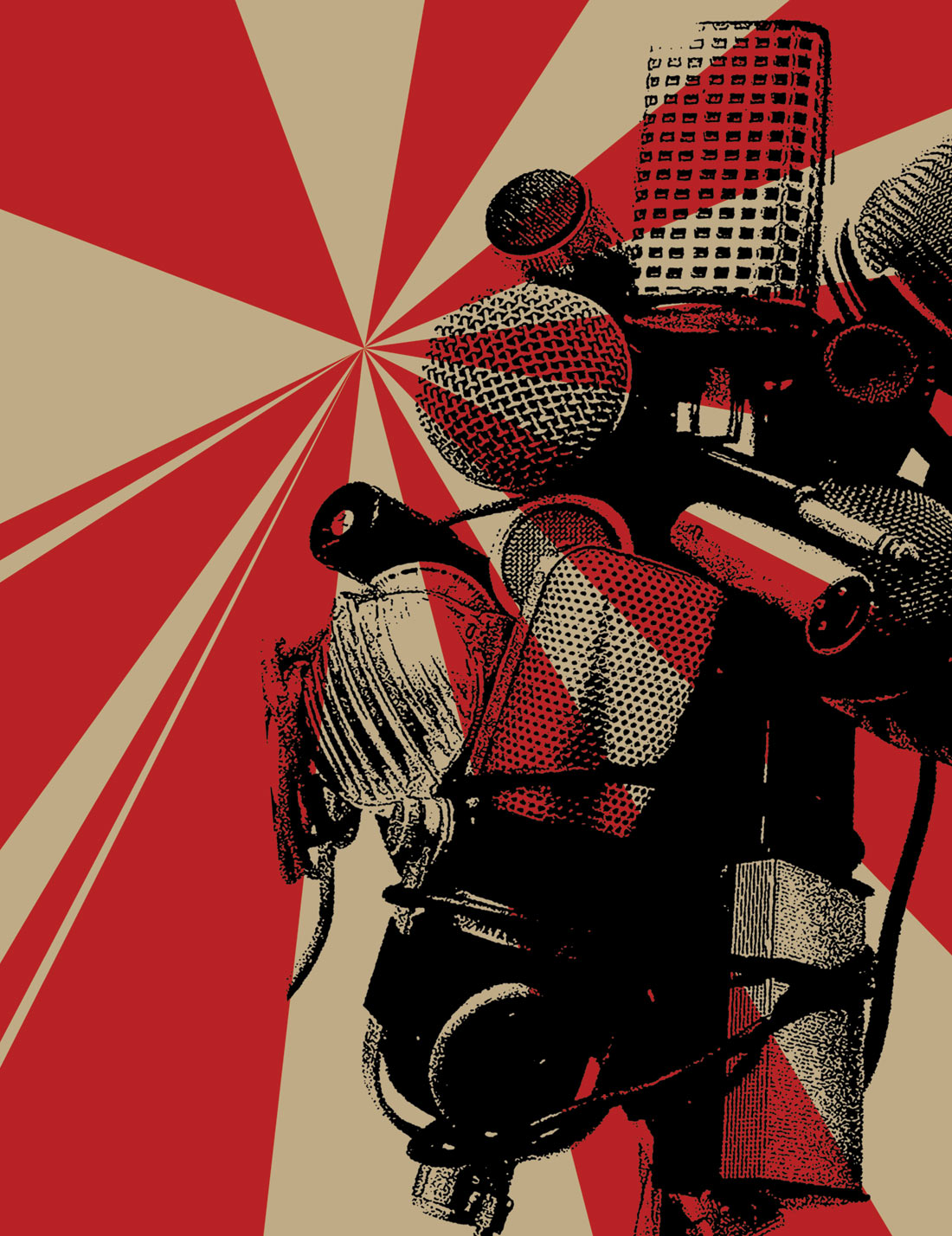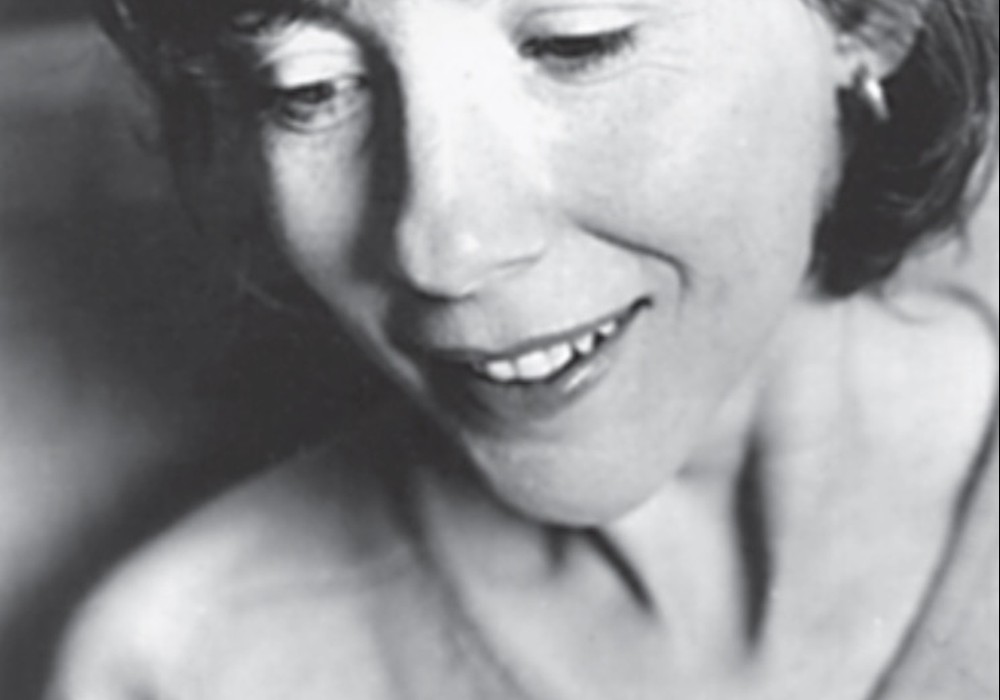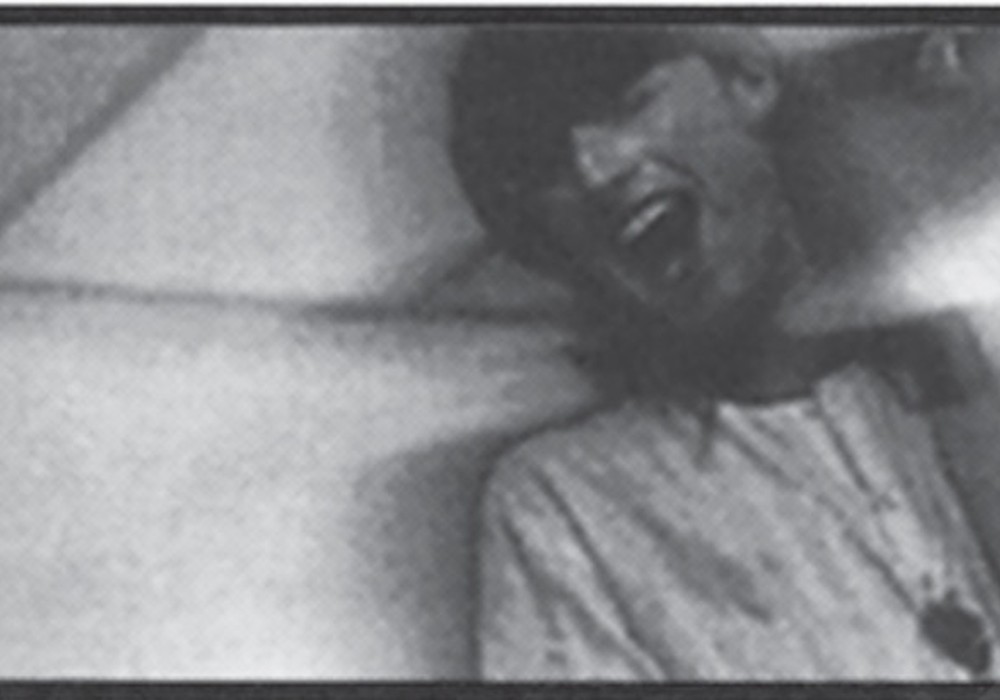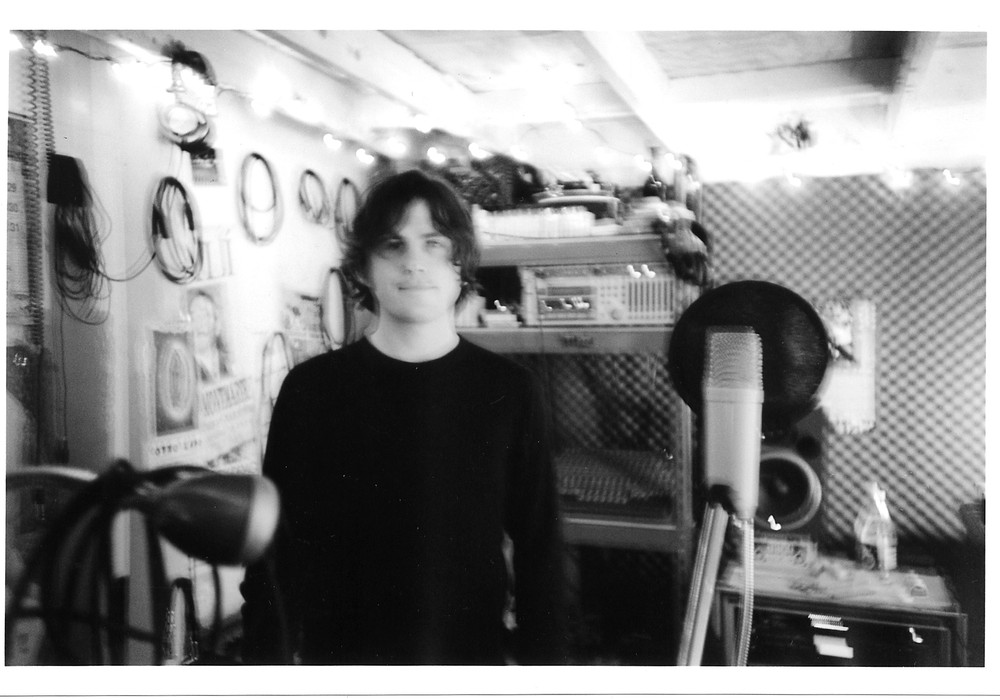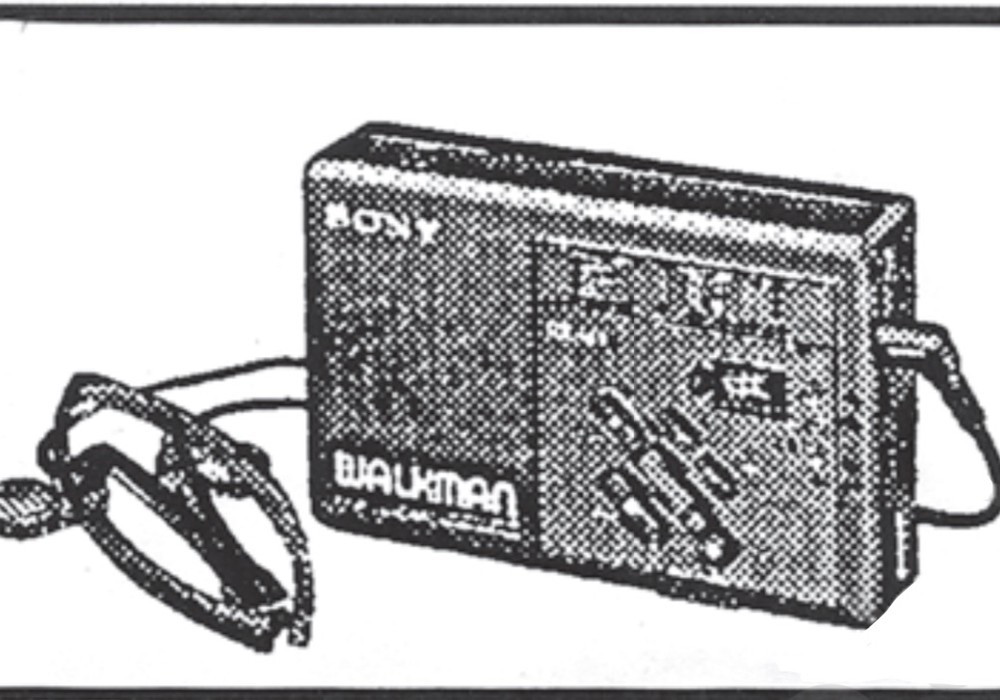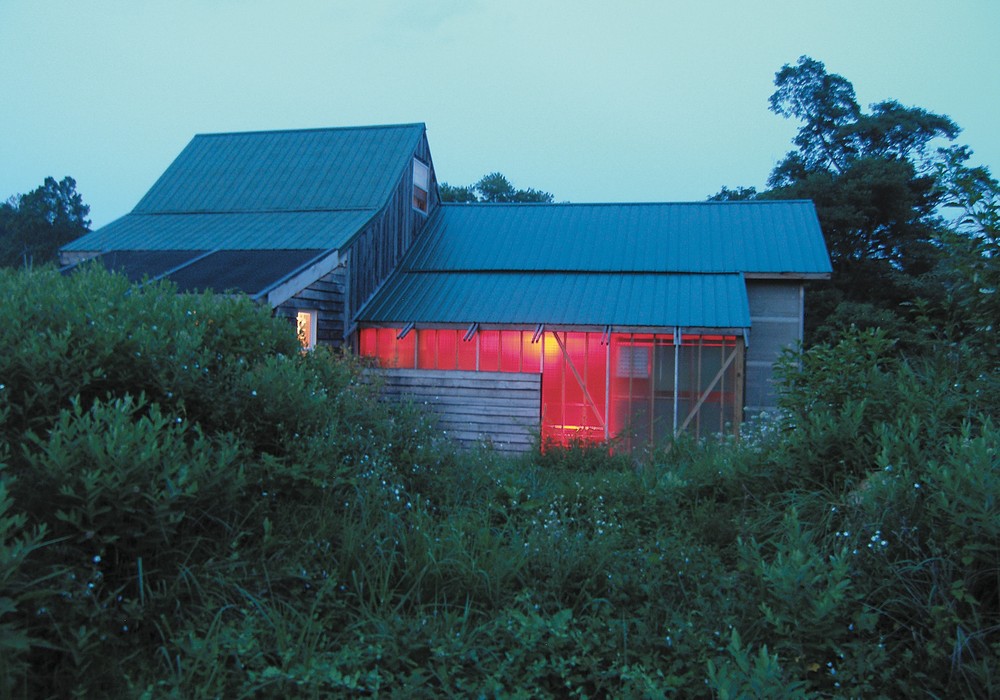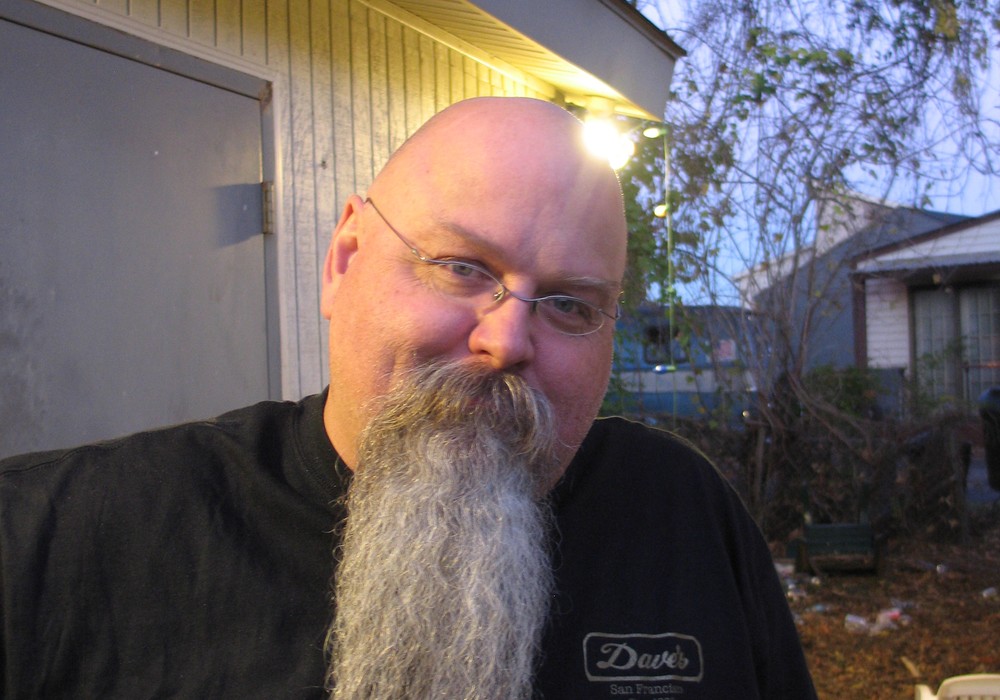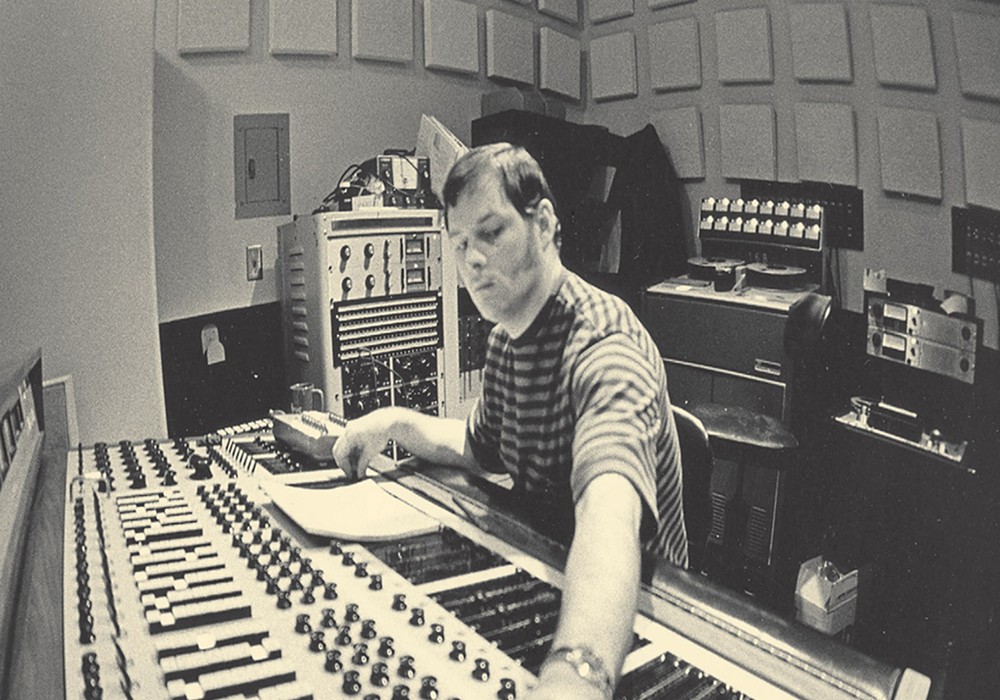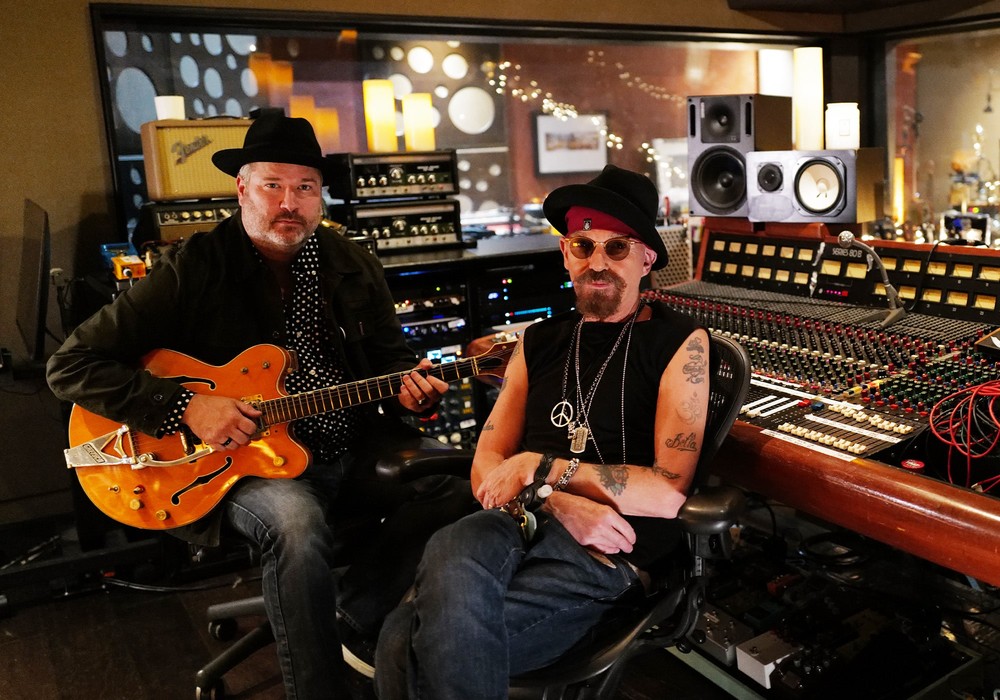Dave Catching lives at Rancho De La Luna. Yup, a bed sits in the corner of a room that doubles as a space to isolate one's amplifier while tracking. Dave is also a guitarist, and his playing graced the very first Queens of the Stone Age recording (plus later touring and albums) as well as being a member of Eagles of Death Metal, earthlings? and former member of Tex and the Horseheads and Mondo Generator. Of course, he also shows up all over The Desert Sessions albums.
Dave Catching lives at Rancho De La Luna. Yup, a bed sits in the corner of a room that doubles as a space to isolate one's amplifier while tracking. Dave is also a guitarist, and his playing graced the very first Queens of the Stone Age recording (plus later touring and albums) as well as being a member of Eagles of Death Metal, earthlings? and former member of Tex and the Horseheads and Mondo Generator. Of course, he also shows up all over The Desert Sessions albums.
So this house started with Fred Drake?
It started with Fred. He moved out here in '91 or '92. He was here with some friends and saw a sign that said, "Three houses for rent." He came up, looked and he said, "I'll take it" and moved out of L.A. At the time he didn't even have a car, all he had was a cooler. Every morning he would walk to get ice from the store. Finally he got a truck. It wasn't that long, but when he first moved out here it was pretty hardcore.
What was he doing before that?
He was an engineer. That's how I ended up meeting him. A friend of ours — Dean Chamberlain who plays in the band Code Blue and was in The Motels for a time — had a studio and Fred was the engineer. Dean and I played in bands together, so that's how I ended up recording with Fred. It was kind of funny because Fred was like, "I want to move to the desert and start a studio." So, he moved out without anything and in a couple of months he got a call from a friend of his, a singer named Hugh Harris. Hugh had a 24-track Tascam and a board of some sort that he sold to Fred. So within a couple months Fred had a studio. Within another month Dean was shutting down his studio. I was living in New Orleans and I actually had a restaurant out there — I had given up the music business. I said, "Fuck this. I hate L.A." and I moved to New Orleans. I get a call from Fred in early '93 saying, "Dean is selling his gear and he wants to know if we want to buy it" which I thought was interesting since I was living in New Orleans and he's living out here. He was like, "It's just six thousand dollars for the board, the tape machine, a bunch a mics" — not good mic's but 57s and 58s — "and some cables and everything we need" — speakers and stuff. I said, "Yeah, sure. Let's do it." He said, "All we have to do is give him a thousand dollars down and make one hundred dollar a month payments." His wife at the time just wanted him to get out of the business and it wasn't really about the money. I sent Dean my three grand and I said [to Fred], "Okay. You take care of doing the payments for your half." So we had a studio and I was still in New Orleans. Daniel Lanois [Tape Op #37] had taught a woman named Trina Shoemaker to record. She did Victoria Williams' Musings of a Creekdipper record here and she engineered The Queens of the Stone Age's Rated R. She ended up working for Daniel Lanois, and now he was looking for a location. At the time he was in Baja [California, Mexico] and he had a giant mess tent set up with all this gear. His engineer, Mark Howard, showed up at the door here one day — no call or anything — and knocked on the door. Fred opened it and he said, "I'm Mark Howard. I work for Daniel Lanois. Trina said that Dan would probably like to record here and I just wanted to check it out." Daniel Lanois — Fred's favorite producer in the world! Mark walked in and [clapped] and was like, "This will work fine. Dan will call you." Fred gets a call from Dan and he said, "This is what I've got: I've got a vintage Neve...
